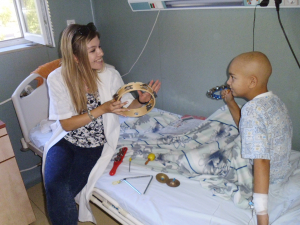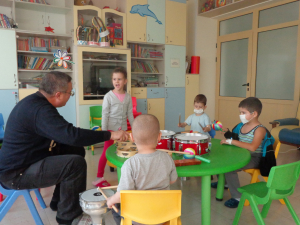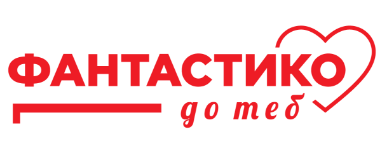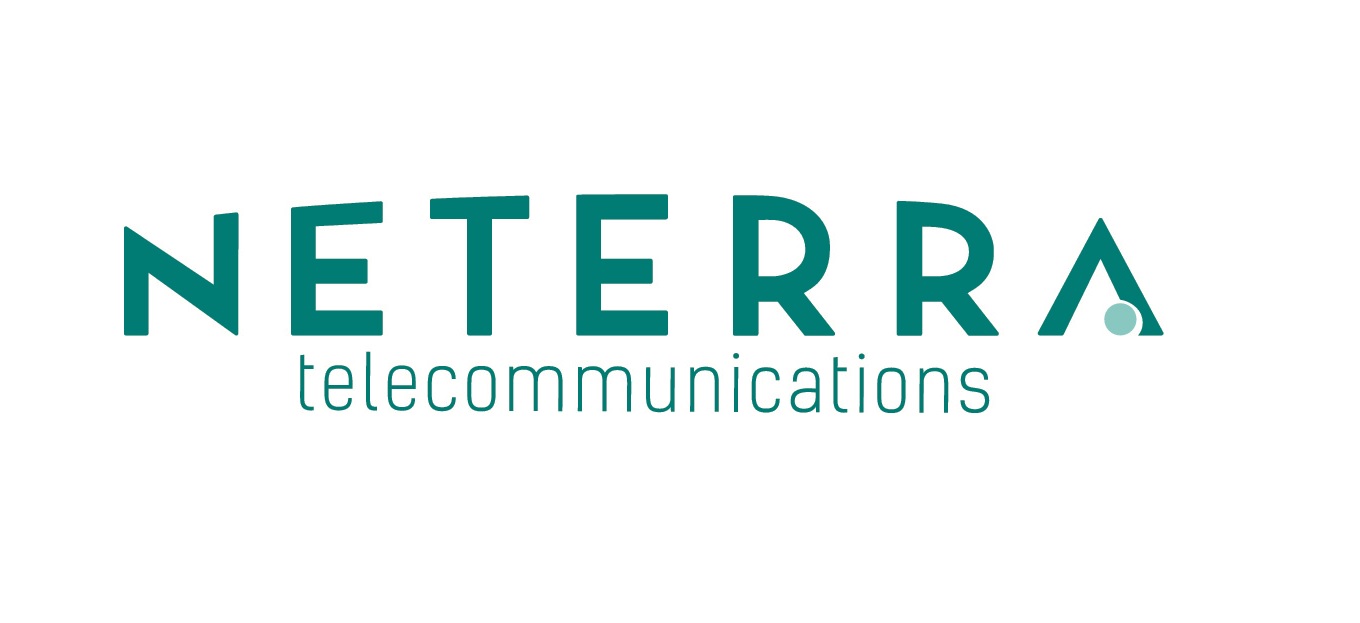
ARTON PROGRAM - The therapeutic power of the group
Creative projects involving group work - general musical performance or group painting, collage, sculpture - are useful in helping to explore and strengthen social...
In our work in conducting art therapy hospital sessions, we believe that creative play is learning through experience. The effect of this experience for the child is cognitive and mental. We observe it in the change of emotions, moods and intonation of all children participating in the art sessions. This process of coping with the creative task can be seen as a "training", an "exercise" to deal with the limitations of the situation and the feeling of individual incapacity in the life of the sick child. Fundamental in our work is the fact that our meeting with patients during an already current acute trauma - illness and isolation - challenges us to manage a problem in the presence of a very specific predisposition, beginning long before our meeting.
The challenge here is to use innovatively limited resources as creative tools. The patient's attitude is to create a structure and form, solutions that create beauty in the given limited framework of the hospital situation. In it, these limitations are experienced as painful, exhausting stagnation, and insufficient resources - as unpleasant. In the creative situation, however, the limited framework opens the boundaries of an unexpected playing field. The resources inherent in any creative discipline, manifested in the choice of material or musical instrument, suddenly become an acceptable challenge. Linear thinking in the situation of the needy is suddenly faced with the challenge of reaching an unpredictable but achievable creative result. However, all these challenges offered in art therapy intervention in order to provoke the creative imagination can also be frustrating for the patient if the therapist is not well trained to motivate through art. Having undergone specialized training, the art therapists of the ARTON Program monitor the process and encourage the elaboration of contradictions as an important component, helping the process with art. At the same time, the therapist remains fully aware of the dynamics of the relationship between him, the patient and the work and guides them to achieve a real interaction based on empathy. In this act of support, the patient acquires a different sense of body (tone, temperature, breathing, etc.) and literally changes the physical space he occupied before, gaining a sense of new opportunities, the ability to cope in situations of insecurity, unexpected danger. and limited resources. Working with limitations and ultimately achieving a "magic" result in creativity gives our patients answers and solutions to real, current situations - when placed in a state of impossibility and lack of goods - to believe and succeed.
For example, the creative work with collages under the ARTON Program provides another dimension of the creative process - work with relief and touch. The choice to be made in the selection of materials is an important therapeutic issue. Collages from magazines, for example, provide structure and a relatively unprovoked way of expression. For children, this is an extremely important factor, given the age and the ordeal they face. In addition to expressing thoughts and feelings as a work, the main focus of working with collages is to gain an assessment of the ease or difficulty that the child patient experiences in choosing and working with the materials. The way in which children work, the individual elements that they choose and arrange, reflects their general mental and physical condition and is the subject of additional analysis by an oncologist.
Here the active presence of children during the regulated play in the creative activity is focused on the surface. It is manifested in the materials, in the structure and the form used in the act of shaping the work. The challenges inherent in the process of shaping are existential in relation to the experience of the world in everyday reality and can therefore be symbolically and experientially significant. The meaning found in the challenge that is posed during the creative shaping is analogous to the challenge that the child-patient is faced with in the specific real situation. Dealing with its expression in creative expression - it learns to deal with reality.
The creation of a work of art is also an act of communication in which we expect and hope that the one who observes the work, whether it is the mother of the child or the audience, will understand something of what has been depicted. The creative act, in turn, necessarily present in the creation of art, is in itself an act of imagination. It involves translating the inner language into the child's mind and transferring it to a tangible and concrete form on a piece of paper. As a team, we believe that art can support on a fundamental level the development of both communication and the imagination of patients in difficult life situations. To we translate the non-verbal communicative dialogue that takes place between the child, the people around him and the artwork he creates in the art sessions of the ARTON Program, it is important to understand the development of normal painting in childhood, the psychology of both child development children's expression. Drawings and pictures are a form of communication that includes the three elements - the child, the observer and the work. This tripartite attitude is reflected in the therapeutic environment as - the patient, the therapist and the artistic image. It is this three-way interaction that makes the process dynamic and therapeutic.

Creative projects involving group work - general musical performance or group painting, collage, sculpture - are useful in helping to explore and strengthen social...

In the ARTON Program our team of oncopsychologists, art therapists and music therapists develops the process of children's creativity as a process of...

In ARTON sessions, creating a piece of music or a song is an emotional experience of coping and satisfaction for the participating children. They make friends with...

Painting provides patients with a spontaneous, plastic method of depicting thoughts and experiences. Painting with paints is not as structured as with pencil or...










